- Saturday, July 27, 2024
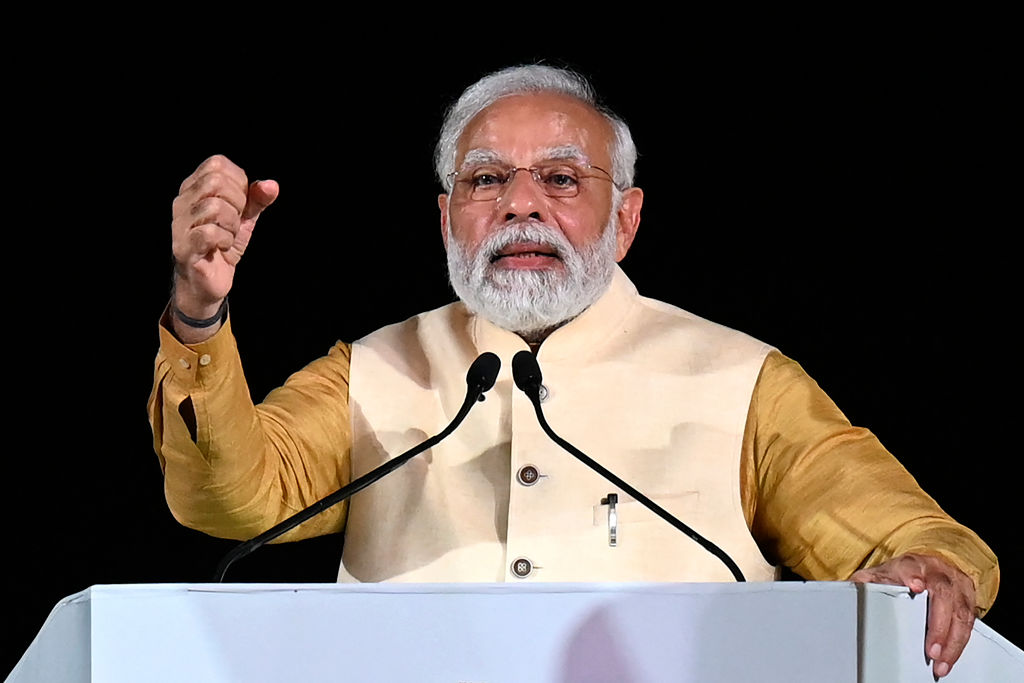
By: Prof Dr Prem Lal Joshi & Prof Dr Debasis Bagchi
On May 30, the Narendra Modi government completed nine years in power. The ruling Bharatiya Janata Party (BJP) has declared that during a month-long popular outreach exercise, it will discuss its accomplishments.
Social justice, equality, respect, and equal opportunities for all Indian residents have been top priorities for the Modi government for the past nine years. Millions of people’s lives in both rural and urban India have been drastically changed as a result of the prime minister’s introduction of various ground-breaking welfare projects and programmes during his administration.
Today, as we complete 9 years in service to the nation, I am filled with humility and gratitude. Every decision made, every action taken, has been guided by the desire to improve the lives of people. We will keep working even harder to build a developed India. #9YearsOfSeva
— Narendra Modi (@narendramodi) May 30, 2023
The focus of this article is to outline the nine most significant accomplishments of the Modi government during its nine years of existence.
India has emerged a key player in global affairs in 9 years of PM Modi
These are: a holistic expansion of institutions of higher learning; effective handling of Covid-19 vaccines and creating cost-effective, high-quality medications; boosting infrastructure and connectivity growth; using the digital revolution to transform the Indian economy; Har Ghar Jal: Jal Jeevan mission and Pradhan Mantri Ujjala Yojana fuel the LPG revolution; record-breaking increase in the number of new airports; making India a force for self-reliance, igniting the start-up landscape; PMAY (U) which marks a significant rise in urban homes, and abrogation of Article 370, construction of the Ram Mandir, and a cutting-edge new parliament building.
A look at India’s infrastructure and economy under 9 years of PM Modi
Let’s have a look at the achievements in detail:
During the Modi administration, there has been a huge increase in the number of universities and colleges, going from 723 in 2014 to 1,113 by the middle of 2023. The number of colleges has increased from 38,498 in 2014 to 43,796 in 2023, thanks to the opening of 5,298 new ones.
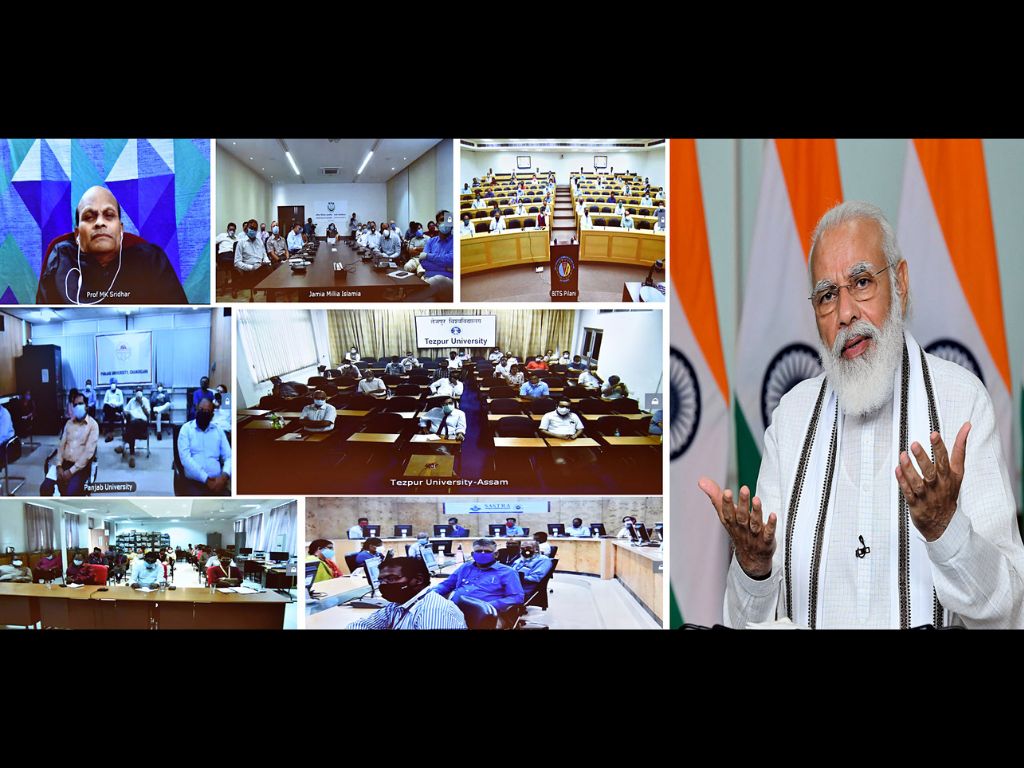
Additionally, roughly 61 per cent of colleges and 43 per cent of universities are situated in rural areas, making higher education easily accessible to those living in rural India. Last but not least, in the past nine years, seven new IITs and seven new IIMs have been opened, fostering quality education throughout the nation. The University Grants Commission has established 12 Institutes of Eminence (IoE) between 2017 and April 2021. Twenty such institutes are included in the plan.
The Modi administration handled the coronavirus pandemic successfully, which was a major accomplishment. The majority of people were grateful for how quickly the government responded to the epidemic and for how actively it participated in the development of various vaccines in the nation.
The world’s largest free immunisation initiative, which was run by the government, resulted in the administration of more than 200 billion doses of Covid-19 vaccines developed in India. The creation of the CoWin platform was a significant achievement through which the immunisation programme was managed.
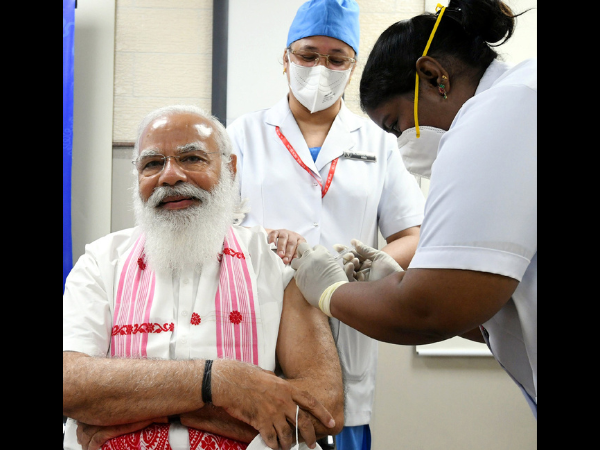
India, which is the world’s top producer of vaccinations, became self-sufficient in medical supplies like personal protective equipment during the Covid-19 pandemic.
Under the National Food Security Act (NFSA), the Modi administration provided free rations to 81.35 crore (813.5 million) people in order to ease their suffering in the wake of the Covid-19 epidemic.
Additionally, the Modi administration has worked to make sure that high-quality medications are accessible to all demographic groups, and in this regard, a number of measures have been taken that have increased affordability for the poor. One of the early moves in this direction was the Ayushman Bharat Yojna.
The Modi administration has been very successful in enlarging the road network in the country, which is about 64 lakh (6.4 million) kilometres and places India second in the world in terms of road network. Almost 50,000 kilometres of national highways were added in nine years by the Modi administration.

This has been possible by following a policy of increasing the capacity of national highway infrastructure and corridor-based highway development methods. This is evident from the fact that in 2014, the daily road construction was 12 km per day, and the same has increased to 28.6 kilometres per day by the end of 2022. Today, most rural areas are connected by roads and electrification.
It is noteworthy that roads are being built quickly, including motorways, highways, and other types of roads. The railway network is also being greatly expanded with the launch of the made-in-India Vande Bharat Express train and the Udaan programme in civil aviation.
Modi’s government has stressed the significance and importance of digitalization, with ‘Digital India’ being the flag-bearer scheme. This resulted in increased digital and UPI transactions, which skyrocketed between 2014 and 2023. Today, digital transactions play a very important part of individual lives, and India is number one in digital payments in the world.
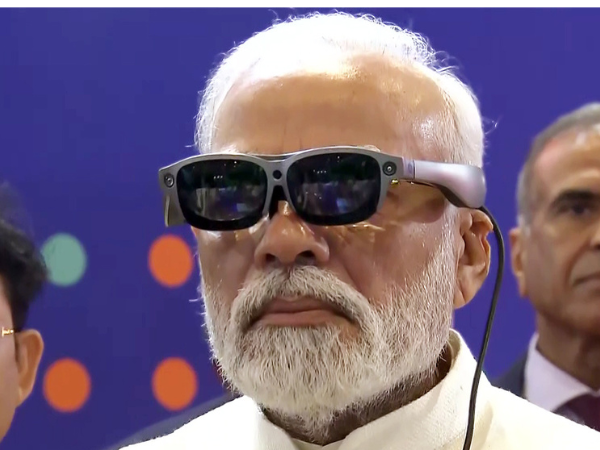
The supply of water has received significant emphasis during the Modi administration. On March 19, 2019, the prime minister unveiled the Jal Jeevan Mission, which sought to provide tap water to every rural family by the year 2024. The Jal Jeevan mission’s objective is to raise the living standards of rural communities by supplying and ensuring that every rural home has access to a reliable, long-term supply of drinking water at an affordable price.
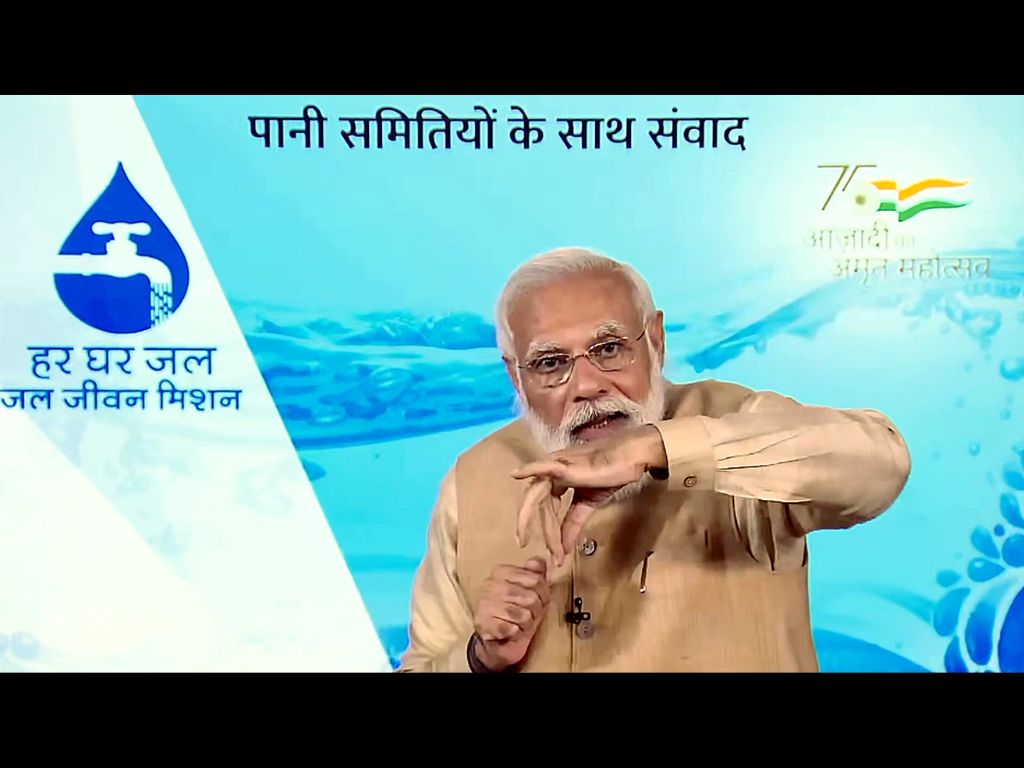
It is said that millions of homes, in both urban and rural locations, have been linked to tap water. In the Union Budget 2022–23, ‘Har Ghar Jal’ will receive Rs. 60,000 crore (£5.8 billion) to provide tap water to 3.8 million households. In addition to the aforementioned, states have been given Rs 26,940 crore (£2.6 billion) in 2021-2022 as a 15th Finance Commission-tied grant for water and sanitation to rural local bodies. It is claimed that 12 crore (120 million) tap water connections are made through the Jal Jeevan Mission.
Similarly, significant growth has been recorded with respect to LPG (liquefied petroleum gas) connections under the PMUY (Pradhan Mantri Ujjwala Yojana) mission. Statistics show that more than 17 crore (170 million) LPG consumers have been added under the scheme. LPG consumers have increased from 14.52 crore (145.2 million) in 2014 to 31.36 crore (313.6 million) by March 2023, indicating a tremendous increase of more than 215 per cent.
The number of operating airports in India has increased from 74 to 147 since 2014, and the government has plans to build and open 220 more by 2025.
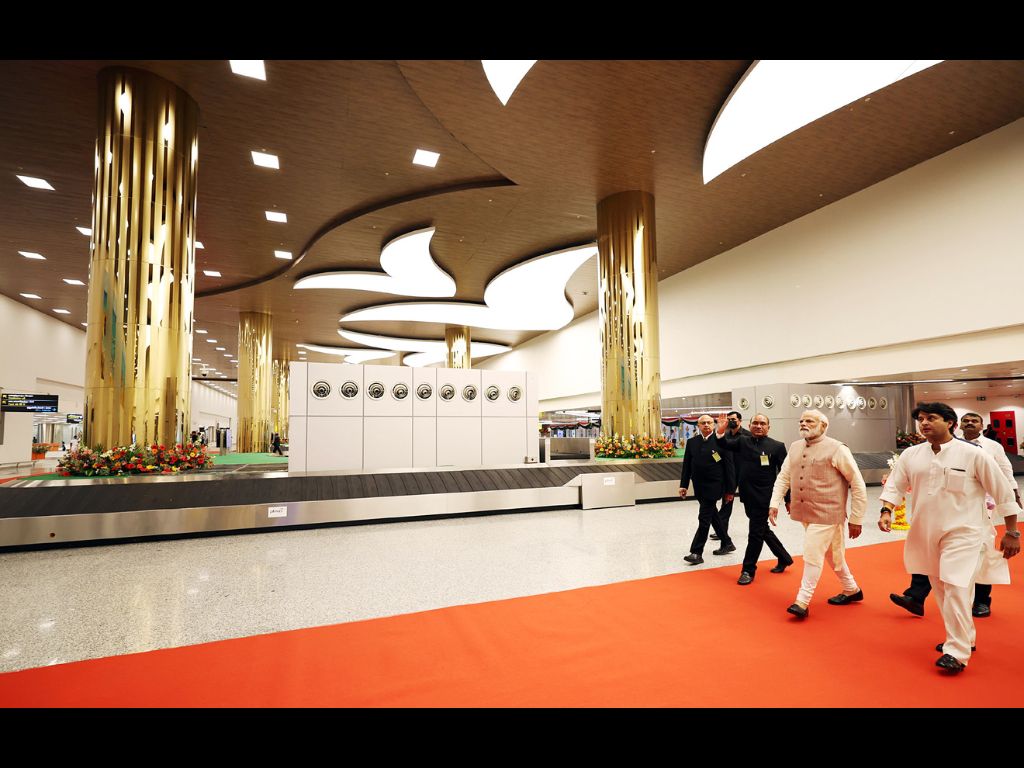
Airports have a lot of untapped economic potential because of their proximity to and connectivity with other large and smaller cities. The government may start to think in terms of airport regions in order to maximise the commercial potential of airports. The greatest civil aviation market in the world today is found in India.
A Swadeshi campaign similar to “Be Indian and Made Indian” that affects 25 economic areas is called “Make in India.” On September 25, 2014, the Make in India programme was unveiled with the goals of promoting investment, encouraging innovation, constructing best-in-class manufacturing infrastructure, making it simple to do business, and increasing skill development. Since its inception, the Make in India project has achieved great progress; Make in India 2.0 now focuses on 27 areas.
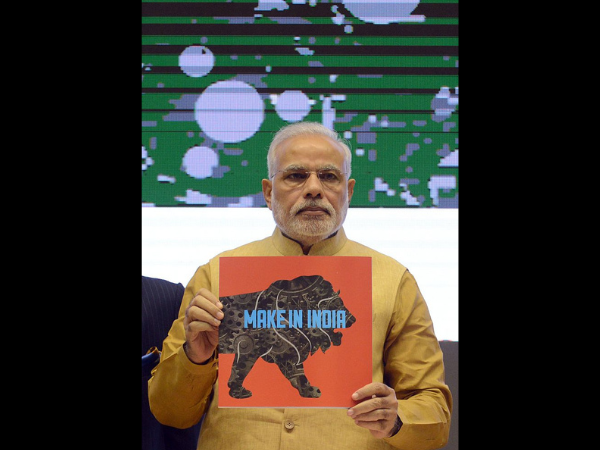
Action plans for the manufacturing and internal trade sectors are coordinated by the department for promotion of industry and internal trade, while those for the service industries are coordinated by the department of commerce.
‘Make in India’ has made significant progress in a number of different industries. These also include key service and manufacturing industries. The Government of India has implemented a liberal and open policy that makes the majority of sectors accessible to FDI via the automatic route in an effort to entice international investment. For FDI, a number of industries have been made available, including single-brand retail, railways, space, and defence manufacturing. Additionally, regulatory restrictions have been loosened to make doing business easier and encourage greater investment.
The IT and manufacturing sectors saw spectacular growth as a result of the Make in India programme. This has inspired numerous international and foreign investors to invest in India and grow their businesses by producing goods there.
India is currently one of the fastest-growing mobile phone manufacturers in the world and has risen to become the second-largest producer of mobile handsets in the world in terms of volume thanks to the Production Linked Incentive (PLI) Scheme.
India is also the biggest user of smart data. While in 2014 India imported more than 75% of all smart phones, today 78% of them are made there. By concentrating on making India a manufacturing centre and promoting self-reliance, the Make in India initiative has made this accomplishment feasible. Under the Make in India programme, the Vande Bharat Express train is also produced.
Indian exports were worth Rs 19 lakh crore (£185.1 billion) in 2014; by the end of 2022, they will be worth Rs 37 lakh crore (£360.6 billion).
Defence exports, which were insignificant in 2014, increased to Rs 16,000 crore (£1.55 billion) in 2023. Now that hundreds of defence-related products are produced in India, the amount of imported defence has significantly decreased.
With 115 unicorns and 92,683 “start-ups” totalling more than $350 billion in valuation (Business Today, February 2, 2023). According to Anurag Thakur, Union Minister, India is the hub of the worldwide “start-up” ecosystem. It should be noted that six Indian companies will be among the top 100 unicorns by the end of 2022.
These start-ups have made a big difference in the Indian economy and have shown they can contribute about 4% to 5% of India’s GDP. In April 2023, Prime Minister Modi stated that “Indian youth are demonstrating huge talents and capabilities across the world, with Indians heading global companies.”
According to the Economy Survey 2022–23, home grown start-ups created 2.69 lakh jobs in the nation in 2022 alone, up 35.8 per cent from the 1.98 lakh (0.198 million) jobs created in the year prior (2021).
One of the biggest affordable housing schemes in the world is the Pradhan Mantri Awas Yojana (Urban), or PMAY (U). It is one of the Modi administration’s most notable accomplishments.
Launched on June 25, 2015, the Pradhan Mantri Awas Yojana-Urban (PMAY-U) is a flagship mission of the Indian government being carried out by the ministry of housing and uban affairs (MoHUA).
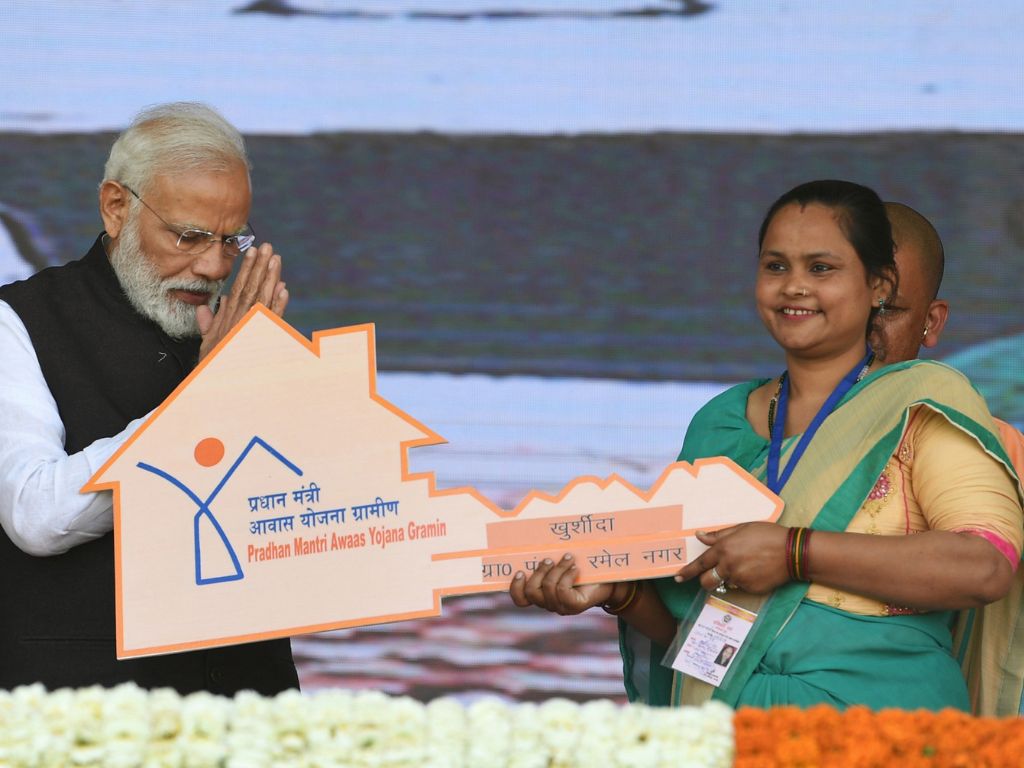
Only 8.04 lakh (0.80 million) homes were finished between 2004 and 2014. But as of May 24, 2023, more than 74.25 lakh (7.42 million) homes have been finished since 2015. Additionally, the amount of central assistance that has been approved has increased significantly; it was just Rs 0.20 lakh crore from 2004 to 2014 but is now Rs 2.01 lakh crore (£19.5 billion) . Furthermore, women beneficiaries of PMAY-U were honoured with 111 lakh (11.1 million) houses sanctioned so far under this scheme. As a result, the number of urban homes built for members of the lower income group (LIG) and other economically disadvantaged sections of society has increased by more than 800 per cent.
On the other hand, federal minister Ashwini Vaishnav emphasised that home ownership is a factor that transforms a poor person’s life. To that purpose, under PM AY, 3.5 crore (350 million) dwellings have been built in the nation as of right now, significantly improving the lives of the underprivileged.
On August 5, 2019, Indian home minister Amit Shah filed a bill to remove Article 370 of the Indian Constitution, which had awarded Jammu and Kashmir (J&K) a special status, and to recognise Ladakh and the state of J&K as two Union Territories. The Modi administration’s action has significantly contributed to the return to normality by reducing terrorism, fostering calm in the Valley, and driving economic growth in J&K.
It should be noted that the third G20 “Tourism Working Group Meeting” took place in Srinagar, Jammu & Kashmir, between May 22–24, 2023, and was very successful. This will help to boost tourism in Jammu and Kashmir and “allay any fears” that visitors may have in the future.
Thanks to Prime Minister Modi’s enormous wisdom, the protracted Ram temple conflict in Ayodhya has been peacefully settled. The answer to this was found in a court ruling. According to the Shri Ram Janmabhoomi Teerth Kshetra Trust, work on the Ayodhya Ram Mandir has been in full swing, with about 70% of the building’s construction work done. Ram Lalla will be seated in the temple’s sanctum sanctorum by the third week of January 2024.
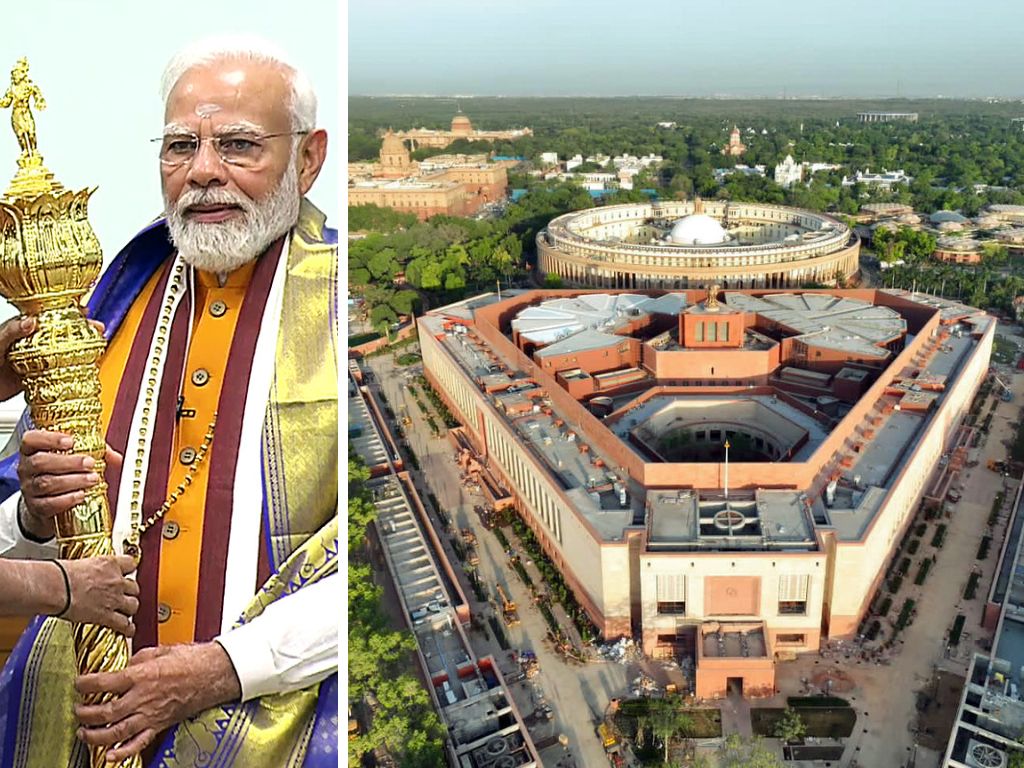
In India, the Parliament House serves as the temple for national debates that help shape the nation’s future. On May 28, 2023, PM Modi dedicated the new Indian Parliament building to the nation which was finished in just 28 months at a cost of Rs. 1,200 crore (£116.9 million), providing employment to 60,000 people.
PM Modi also installed a historic “Sengol” (a Tamil word that denotes righteousness) in the new Parliament building. The Sengol is a representation of India’s struggle for democracy and independence.
From Lutyens to the future is depicted in the video of the new building, inside the incredibly magnificent and high-tech new Parliament of India. The new building’s architectural design demonstrates the great skill of Indian professionals. There will be space in the new parliament building for 384 Rajya Sabha members and 888 Lok Sabha members.
A centre for achieving the ambitions and aspirations of 140 crore (140 million) Indians, the new Parliament building will serve as a representation of a strong, independent, and modern India. It will serve as a crucial hub for formulating development policies and serve as a representation of the aspirations of 140 crore Indians.
Conclusive remarks:
The last nine years of the Modi administration have been excellent in terms of a number of significant accomplishments that have impacted India’s economy in unmistakable ways. Modi made decision after decision that had profound, long-lasting effects on the economy. India is currently the fifth largest economy in the world, despite long-standing claims that it has trailed behind. He also stated that India is on track to overtake China as the world’s fourth-largest economy in the next two years and the third in the next six.
Anurag Thakur, a federal minister, claimed that the Modi administration had helped 27 per cent of the population escape poverty as a result of its commitment to service, creative solutions, sound leadership, use of technology, and incorporation of transparency and accountability into the delivery system.
Along with the nine significant accomplishments already discussed, the Modi government has also launched numerous programmes to improve the status and income of farmers, empowered women, built 11.72 crore (117.2 million) toilets, and implemented various welfare programmes for underprivileged communities. Furthermore, the inflation rate stayed below 4.7 per cent, which is the lowest in the world; by comparison, it is 8.7 per cent in the USA and over 10 per cent in countries in Europe.
Although the Modi government made an effort to create new jobs for the youth, yet there are limits to doing so because of automation and digitalization. This is one of the grey areas where the Modi administration must put in a lot of effort by launching new initiatives and bolstering the industrial sector.
Over the past nine years, India has increased its standing, respect, and recognition around the world. This is demonstrated by PM Modi’s recent trips to Japan, Papua New Guinea, and Australia. He was also dubbed “World Boss” by Australian PM Anthony Albanese when he spoke to the Indian diaspora in Australia on May 23, 2023, demonstrating his global appeal. It is repeatedly emphasised that the Indo-Pacific region needs a strong leader like PM Modi to maintain peace and stability. One example of this is his excellent leadership during the G20 meeting in Srinagar. Modi is required by the globe to stop China’s territorial ambitions.
About the authors:
* Prof. Dr. Prem Lal Joshi is a former NRI Professor of Accounting and currently, he is the editor-in-chief of International Journal of Auditing and Accounting Studies (IJAAS).
* Prof. Dr. Debasis Bagchi is former Professor of Finance, India.
The opinions expressed in this piece are the authors’ personal opinions. Dr. Joshi can be reached at : [email protected].